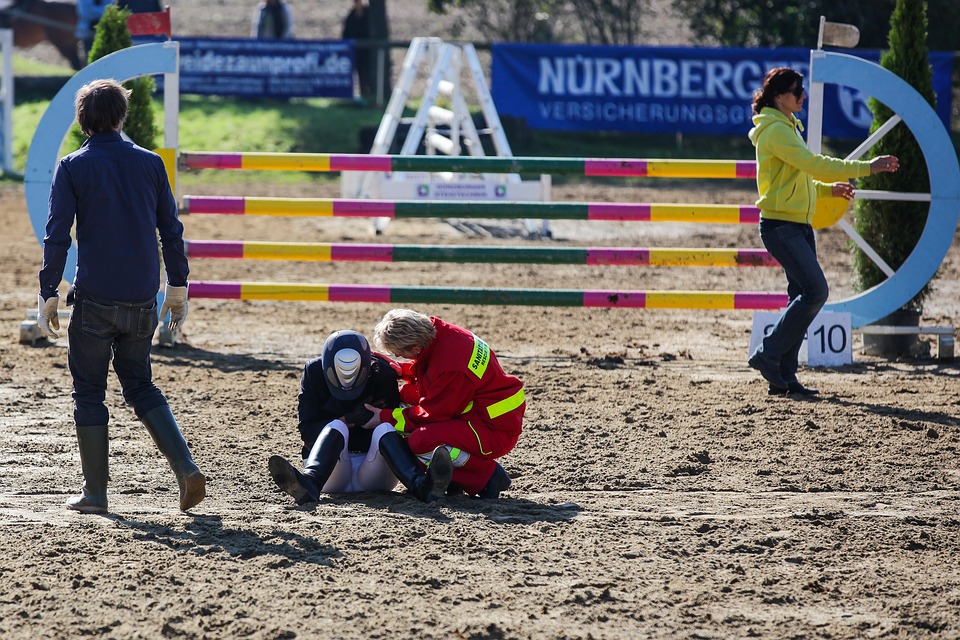Whether it’s your pub football league, training for a marathon or ballroom dancing, physical hobbies are rewarding, exhilarating and good for you. Apart from when you manage to injure yourself. Unfortunately, almost any sport worth your time also comes with a risk of injury. You could twist your ankle, break a bone, or dislocate a key joint with a simple fall or a collision on the pitch, and those are only the most obvious, straightforward injuries.

The recovery process is not always easy, and at least as much a matter of psychological recovery as physical. At times, there could be a need for a physical as well as a massage therapist jacksonville fl, or elsewhere to help you in the process of recovery. Today we’re taking a look at recovering from sports injuries to hopefully make it all a little less mysterious so if it happens to you, you’ll know what you’re doing.
Treatment
Your initial treatment is likely the most straightforward part of the process: if you’re in urgent pain, can’t walk, or are bleeding heavily, it’s a trip to the accident and emergency department of your local hospital. Otherwise, an appointment at the doctor’s surgery or a trip to an urgent care centre as soon as you can manage it.
Your immediate physical needs should be taken care of, and you’ll be given some advice for ongoing care: a sprained ankle requires elevation and chilling for example. If you have a more serious injury, you might find yourself kept in hospital for a while, but in general, if you were able to walk in, you should expect to walk out again that day.
Aftercare
Even after a simple injury, physical recovery is never the full story. Recuperating from a twist or sprain leaves you out of condition, possibly with lingering joint pain and maybe even nerves about returning to the place or sport that saw you injured.
It’s worth seeking out those in local physiotherapy jobs or adjacent fields like sports massage. Even if it’s not a mandated part of your treatment, this can help restore the full level of comfort you enjoyed before the injury, and the practitioner can help to accelerate your recovery with some suggested exercises.
Make sure you give yourself a gentle ramp back up to full exertion – you won’t have been able to exercise as much while you’ve been recovering and even a week or two off your usual routine will leave a little behind. Account for this lost stamina and allow yourself to build it back up before your push yourself too hard.




